The past year hasn’t been easy for searches.
SEOs are trying to keep up with unprecedented volatility, ever-increasing workloads, and rising internal expectations, making them literally miserable.
Add to all this a volatile macro environment, dwindling liquidity pushing down valuations, almost no acquisitions or exits, once-in-a-generation technological advancements like AI, and some devastating core algorithm updates.
But even in the face of these changes, some things remain constant.
Here, the best SEOs on the web show you how to future-proof your SEO for years to come.
1. Brand drives search performance (not the other way around)
If there’s one clear winner in SEO over the past year, it’s branding.
Something big. Something famous. Something well known.
Last year’s helpful content update removed not just old websites, but also obscure ones.
Some call it a conspiracy (this is the Internet after all).
But the cold hard truth is that big brands have always dominated the SERPs, and despite years of SEO complaints about injustice, the importance of “brand” to improving SEO performance has been well established for almost a decade.
It’s not just size that matters.
Successful brand building continually reinforces search fundamentals like authority and popularity, resulting in a virtuous cycle.
That’s why Mordy Oberstein, Head of SEO Brand at Wix, believes “brand” will continue to drive search performance (not the other way around).
- “I think we’ll start to see ‘SEO in context’ – SEO in the context of content marketing, or SEO in the context of brand marketing. So as part of my branding efforts – basically to drive rhythm and momentum – I’ll be thinking about both leveraging SEO to help me, and how my broader brand efforts can help SEO.”
So it’s no coincidence that the “biggest losers” in search are often the ones that are overly reliant on search: the referral source pie chart is skewed overwhelmingly towards “Google.”
Oberstein warns against this over-reliance.
- “This may sound heretical, but I’ve never thought it was a smart idea to put all of my inventory into organic traffic. If anything, all the changes we’ve seen in 2024 have only cemented this idea for me.”
- “SEO has its own place in the marketing field, but it’s not the only place. SEO needs to be timed according to the maturity of your site. Things like volatility reinforce that idea.”
This isn’t to say that Wix doesn’t invest in SEO; quite the opposite.
They still target big, enticing, profitable keywords like “SEO tools.”


But it’s how they do it that matters: as with all great brands, their approach and execution is what separates the good from the bad.
Instead of racing to the bottom, publishing millions of AI glossary pages while crossing their fingers and hoping for the best, they’re investing in actual community building.
This includes everything from in-depth content, podcasts, videos, and collaborating with other notable experts in the SEO field through webinars.
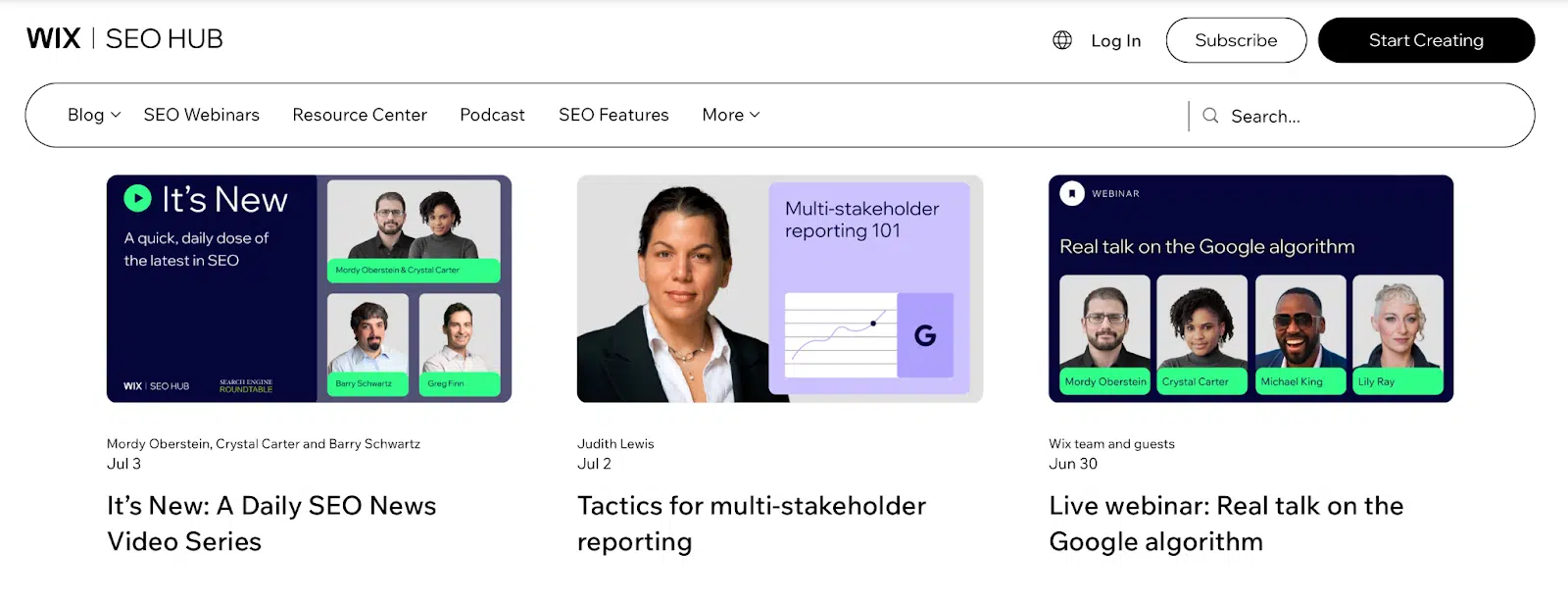

Host an in-person meeting centered around your ideal customer profile’s (ICP) biggest pain points.
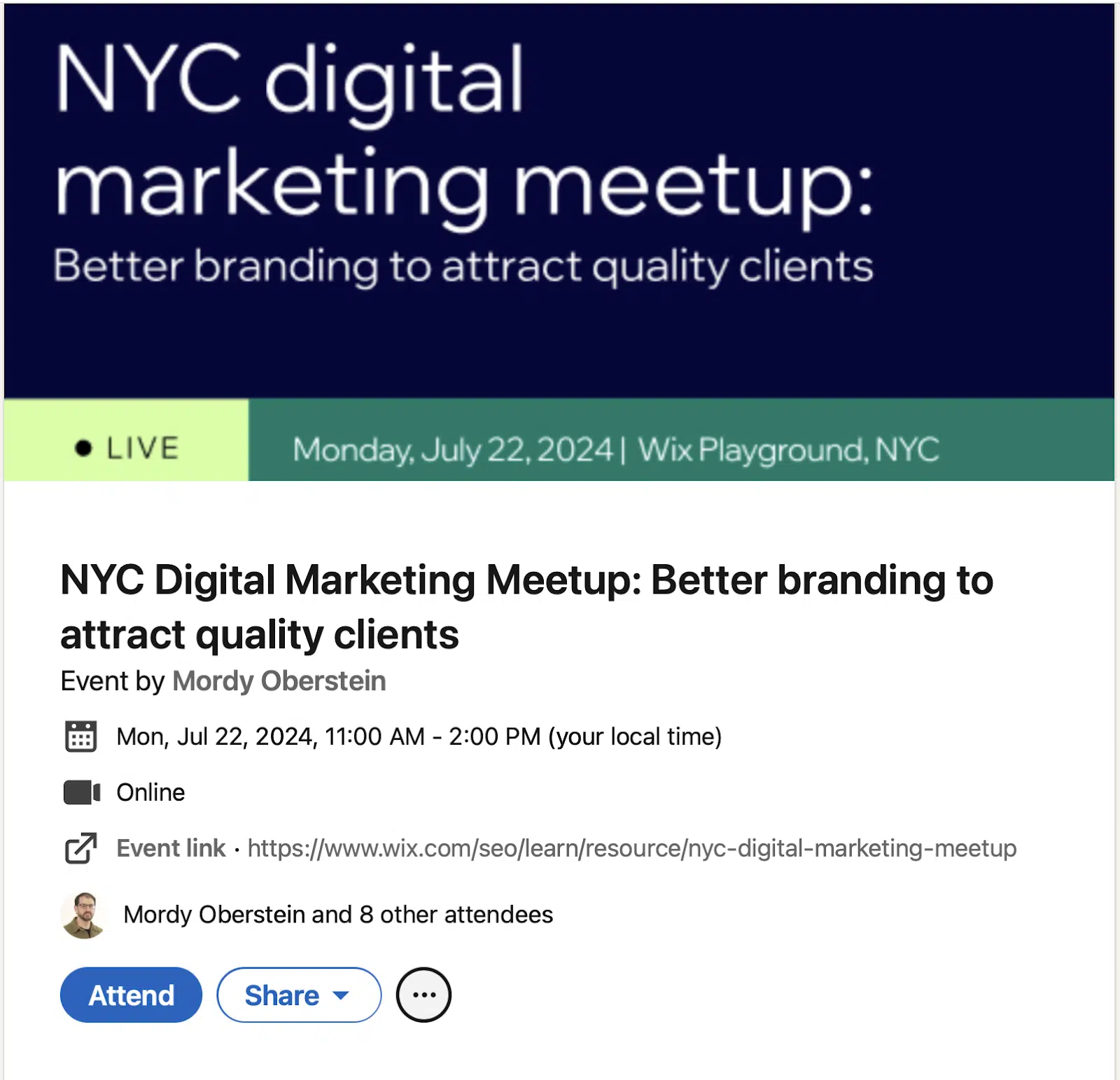

Wix’s new and improved Superior SEO newsletter reinforces this same approach.
We will regularly feature commentary and insights from other industry experts with their own unique perspective, highlighting all this activity and centralising it in its own easy-to-understand channel.
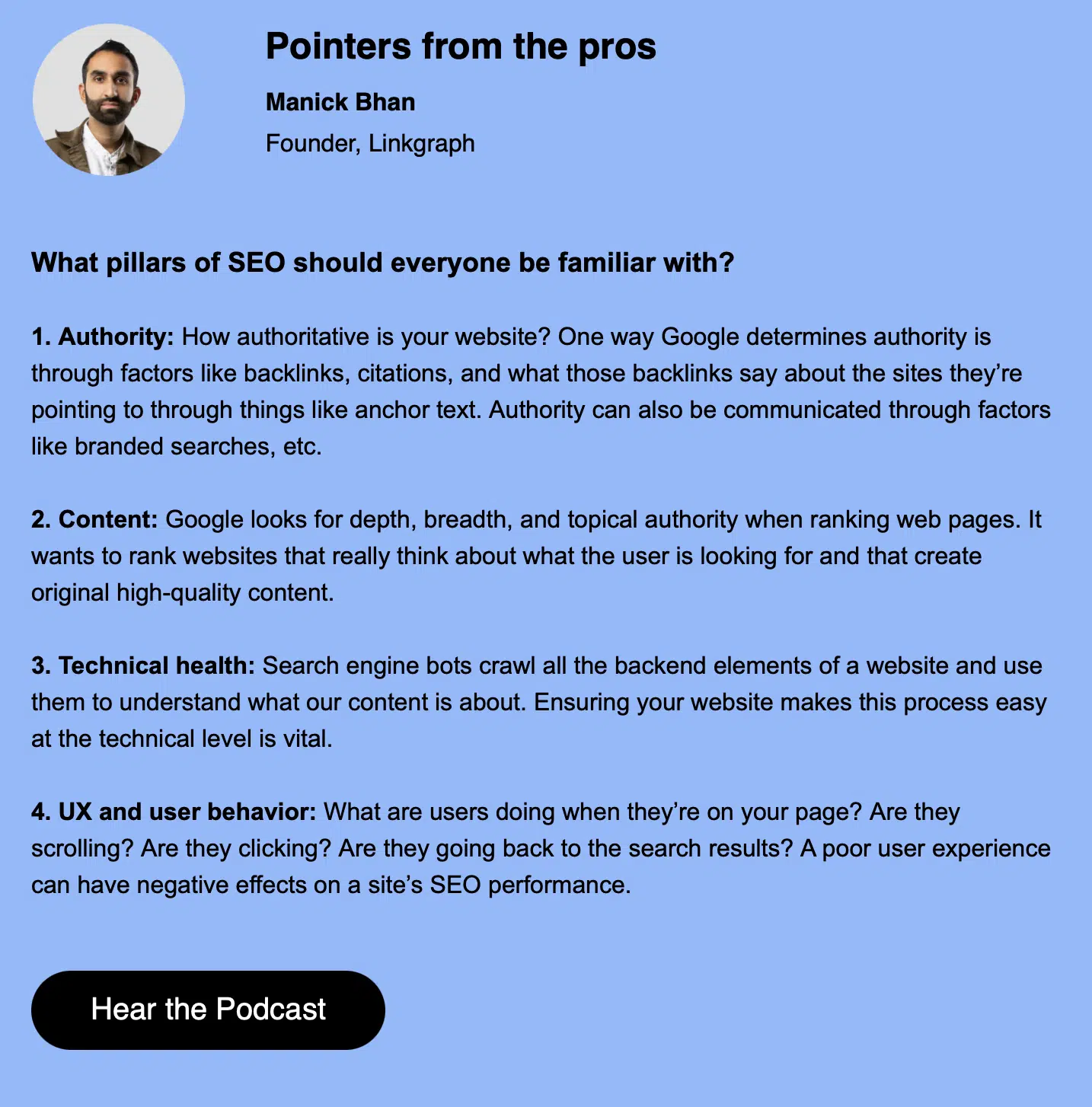

These activities do more than just drive traffic or increase impressions: they build relationships, inform social channels, and strengthen the audience on our “owned” channels, increasing Wix’s reach and frequency.
This will enable Wix to continue to grow its search market share not only this year but into the foreseeable future.
And it does so in a way that doesn’t rely on wacky shortcuts or game algorithm updates.
Sure, sending out a few cold, bad, broken links might earn you a few low-value links, but those links won’t build the kind of relationships you can rely on to scale your link building for years to come.
2. Deeper multi-channel integration with search at the core
Once a dominant force, ZoomInfo has struggled in sales SERPs recently.
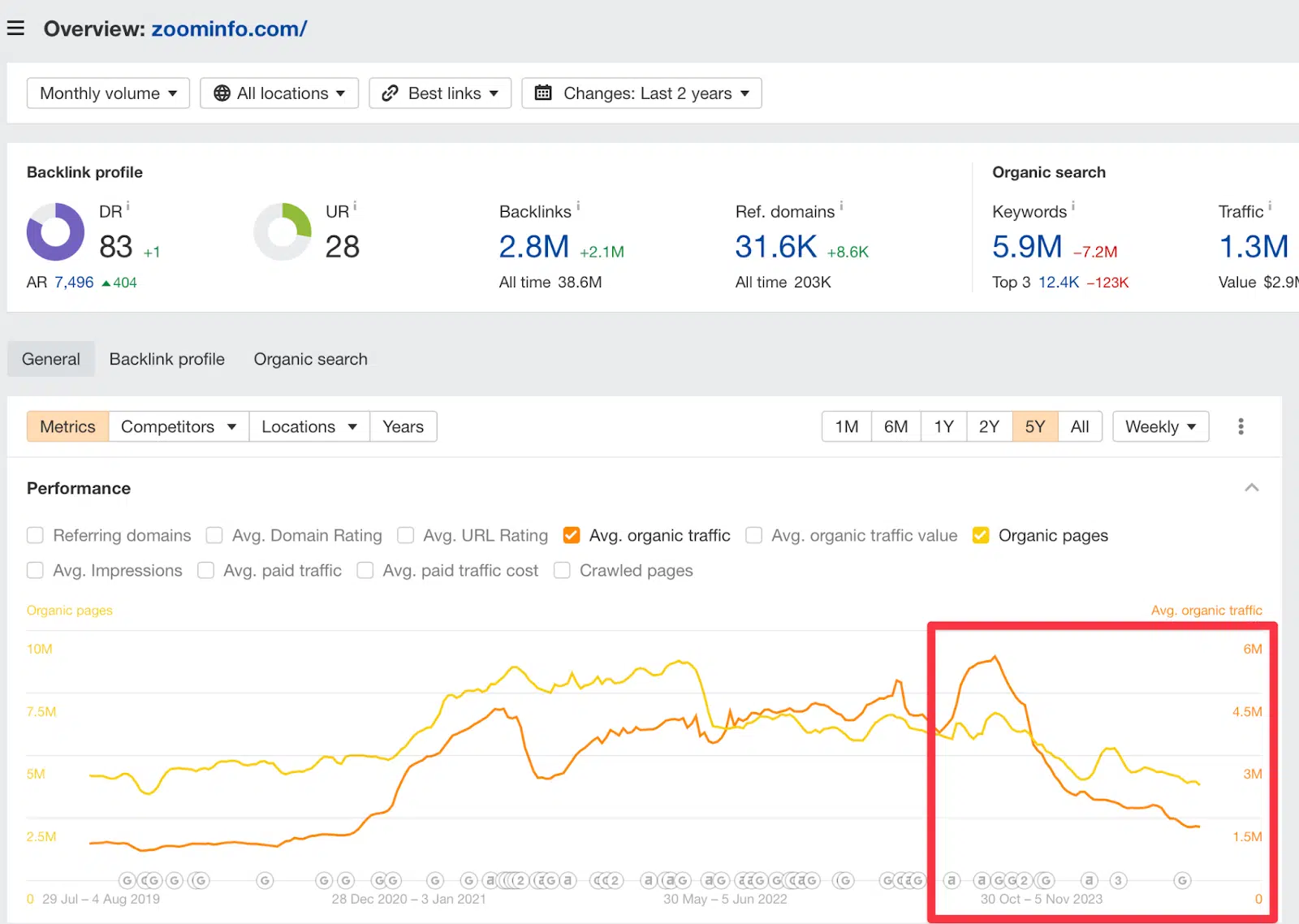

A quick comparison of traffic over the past year will reveal where your rankings have dropped the most.
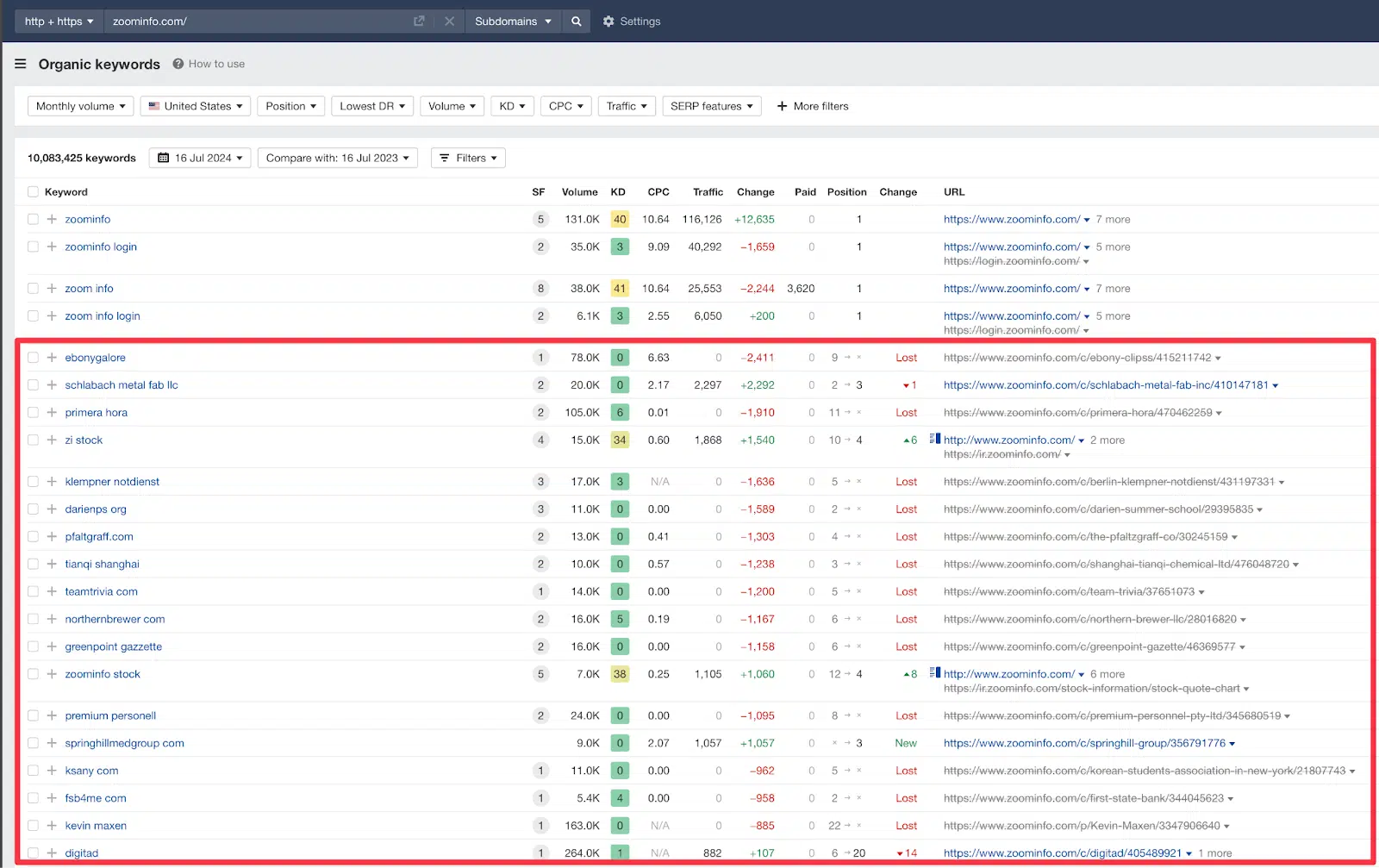

ZoomInfo’s organic search presence has increased significantly due to a highly programmatic approach to creating large numbers (millions?!) of people and brand directory pages.
But as B2B growth advisor Gaetano DiNardi ably pointed out on LinkedIn, recent attention to spam and core algorithm updates are likely to crack down on these get-rich-quick tactics.
Contrast this approach with competitor Cognism, one of the fastest-growing revenue intelligence brands over the past five years.
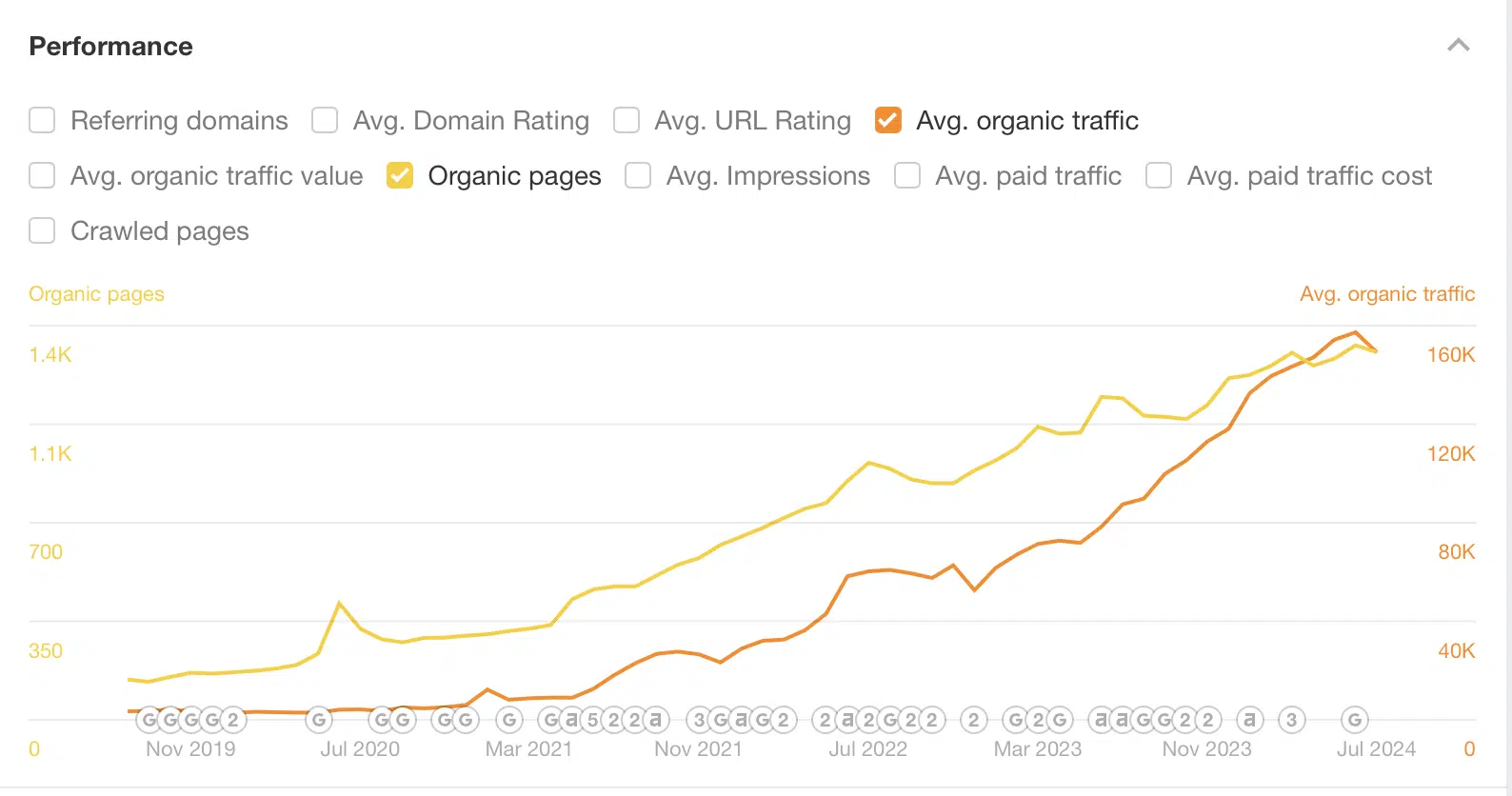

Again, it’s not about tricks, hacks, shortcuts, AI content, rainbows and unicorns, it’s about good old fashioned brand building across multiple channels simultaneously.
Get the newsletter search marketers trust.
Monika Kisielewska, SEO content manager at Cognism, confirmed that the company continues to lean heavily in this direction of integration.
- “Because AI Overviews pulls results from a variety of sources, including paid advertising and YouTube, Cognism’s paid and SEO teams are now working more closely together and reporting directly to the VP of Paid Acquisition.”
- “Looking at PPC and SEO as complementary channels allows you to align your keyword targeting and avoid unnecessary spending.”
So clearly, a good search strategy starts with a combination of rigorous keyword prioritization and machine generating great content from subject matter experts at scale.
But this is the first step in the process, and it always should be.
- “My approach to SEO content has always been to publish quality content that serves user intent. Helpful content updates validate this approach and have inspired me to pay even more attention to user experience.”
- “My goal for 2024 is to improve user engagement from the moment search begins, which means focusing on optimizing elements like title tags, feature snippets, page navigation and content structure,” Kisilewska said.
Increasing “output” or page count is always the goal. The big brands are big for a reason.
However, this shouldn’t come at the expense of the basic fundamentals of on-page optimization.
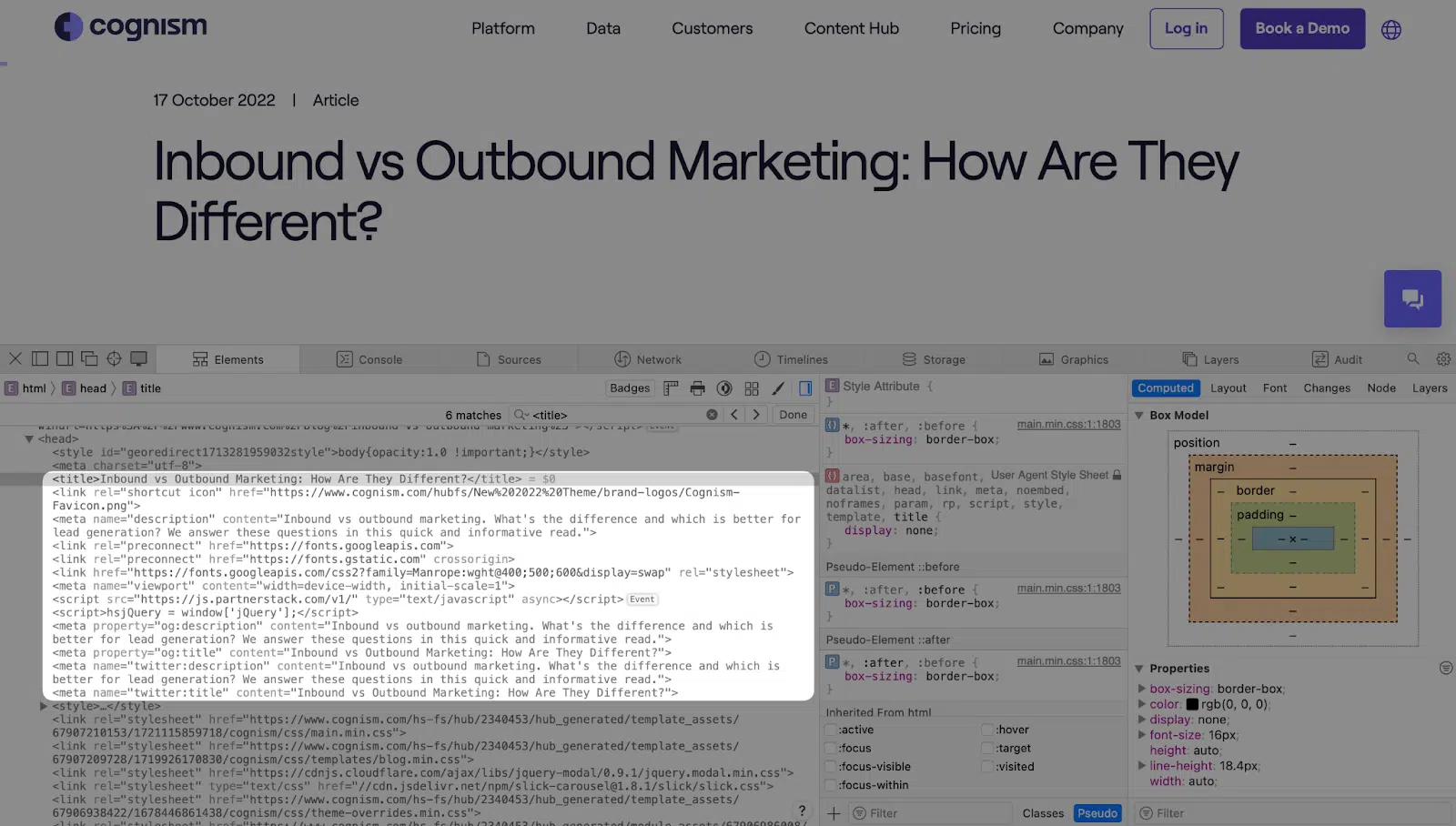

Content distribution then becomes holistic, no longer separate from search, but rather the two work together and complement each other.
Kisielewska added:
- “In 2025, we expect growth to accelerate as the overlap between SEO and paid, social and email channels expands. We look forward to future Big Rock Campaign publications, including our eBook, Diary of a First-Time CMO, for marketing leaders.”
The diary is equal parts discovery content, social, multimedia and community building.
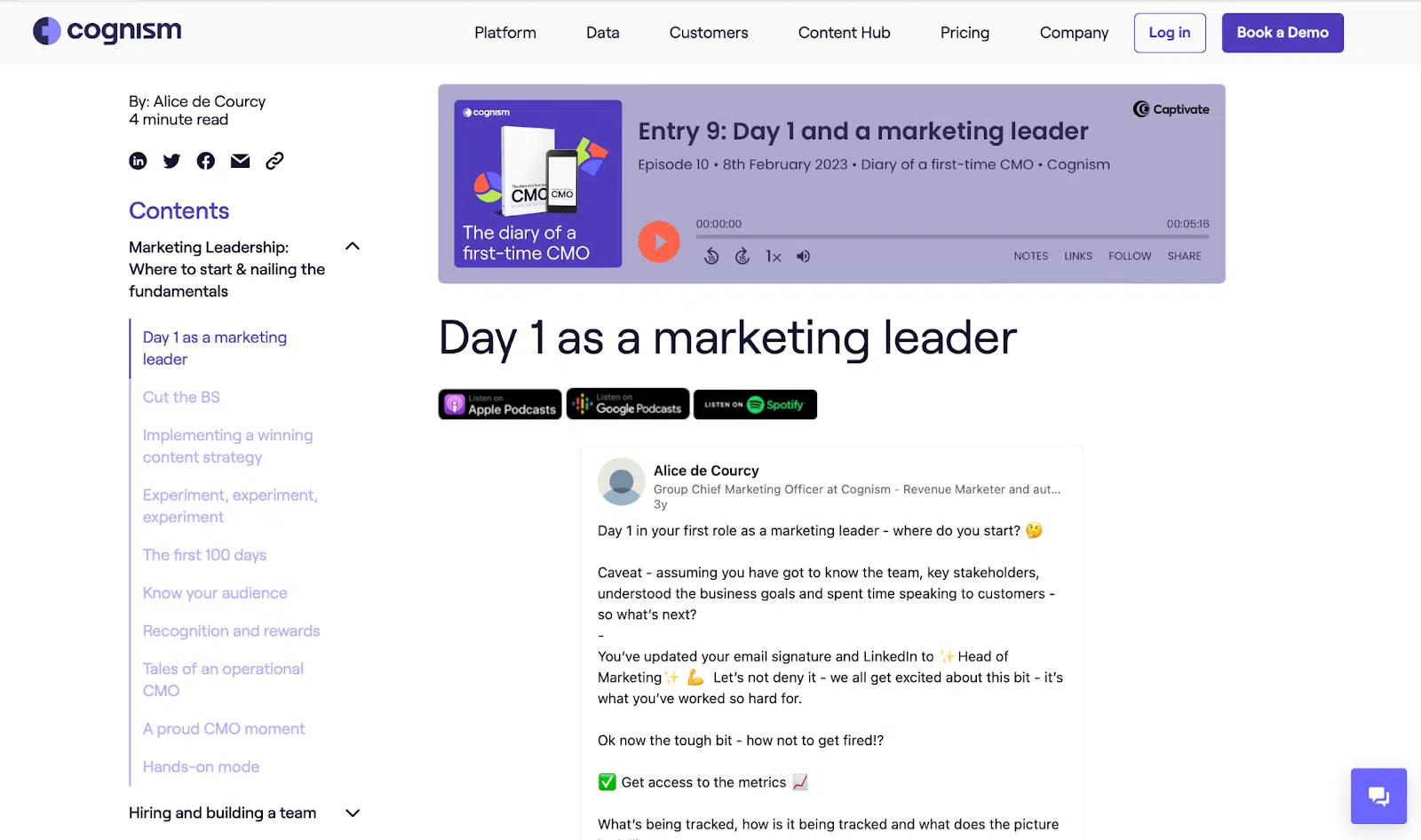

- “These campaigns have traditionally been launched on social media and then promoted through paid advertising. Going forward, we plan to incorporate our SEO team at the start of each campaign to help the DG team optimize the campaign for search using optimal formats and other best practices. This effort aims to create evergreen content that positions Cognism as an industry expert, without any additional costs for advertising.”
More classic, search-driven, long-form content can also include everything from custom design to relevant podcast episodes.


Additionally, there are over 500 embedded YouTube videos drawn from the archive.


3. A new focus on relevant traffic (not empty-calorie traffic)
Google’s AI Summary has been pogosticking across the SERPs since its introduction.
As a result, it is too early for Oberstein to draw any meaningful conclusions.
- “We’re very adamant about the AI brief that we wait and see and don’t change it too much unless there’s a specific case with a specific problem.”
- “I don’t think Google a) knows about these, b) uses them as avidly as they appear, and c) has yet to decide on the final layout or functionality.”
What is clear, however, is that many of the recent developments are an evolution of earlier trends, while some are entirely new developments.
Top-of-funnel, basic information-based queries are the riskiest queries because they’ve already been answered instantly by featured snippets and knowledge panels for years.
Google isn’t hiding this, instead encouraging searchers to pursue more basic queries, hoping to push them down into the middle tier for brands to capture.
Like any good SEO, Kisielewska is already planning for this eventuality.
- “With AI Overview, users can get more answers directly in the SERPs (around 60% of searches end without a click, according to a SparkToro study).”
- “We’ve noticed a similar trend – Cognism’s clicks are not growing at the same rate as impressions, despite no visible change in keyword rankings. This changes the game for SEO – clicks alone are no longer a measure of success, it’s the quality of engagement that matters.”
So rather than focusing solely on empty-calorie traffic, which most AI content can handle, Kisilewska focuses on meaningful visits from actual potential buyers.
- “In reality, MOFU keywords will be most affected by AIO. To measure the quality of clicks, you can use estimated traffic values in tools like Ahrefs, or you can use attribution tools for a more accurate ROI calculation.”
- “My job as an SEO content manager for 2024 and beyond will be to answer more nuanced questions about our target audience. I also intend to implement a monitoring system to understand the impact AIOs have on our traffic.”
- “Here’s how: First, audit your GSC TOFU keywords and assess what could be broken by AI. Then map MOFU keywords that can mitigate the potential impact on your TOFU content. Add a unique perspective to your content.”
Therefore, your SEO goal should not be to simply drive meaningless traffic or get ranked as quickly as possible, but rather to focus on turning qualified traffic into potential customers and advocates.
Quality traffic is often found in mid- to bottom-funnel queries, not top-of-funnel queries.


In other words, spend less time obsessing over basic “what” style queries that continue to be eroded by AI Overview + AI Content + Enterprise, and more time threading the needle to find where Cognism can add unique and differentiated insights to your ICP.
Timeless SEO Strategies for Lasting Success
There’s a reason why some brands win in search over the long term while others struggle to make even small gains.
For the same reason, the former will likely continue to be successful, but the latter will inevitably suffer a major setback at some point during the same period.
To win in search, it’s always important to start by building a great brand.
This can be achieved by building a network of advocates, collaborating with complementary brands and experts, and using a variety of distribution methods that will ultimately support your search goals.
The best SEOs embody these principles and work cross-functionally to build true, long-term growth engines. They are laser-focused on the end goal, without getting distracted by the latest flashy tactics or shortcuts that might undermine their ideals.
Because we know that one approach is sustainable for the next decade, while the other is only temporary at best.
Contributors are invited to create content for Search Engine Land and are selected based on their expertise and contributions to the search community. Contributors work under the supervision of editorial staff, and contributions are checked for quality and relevance to our readers. Opinions expressed by contributors are their own.


